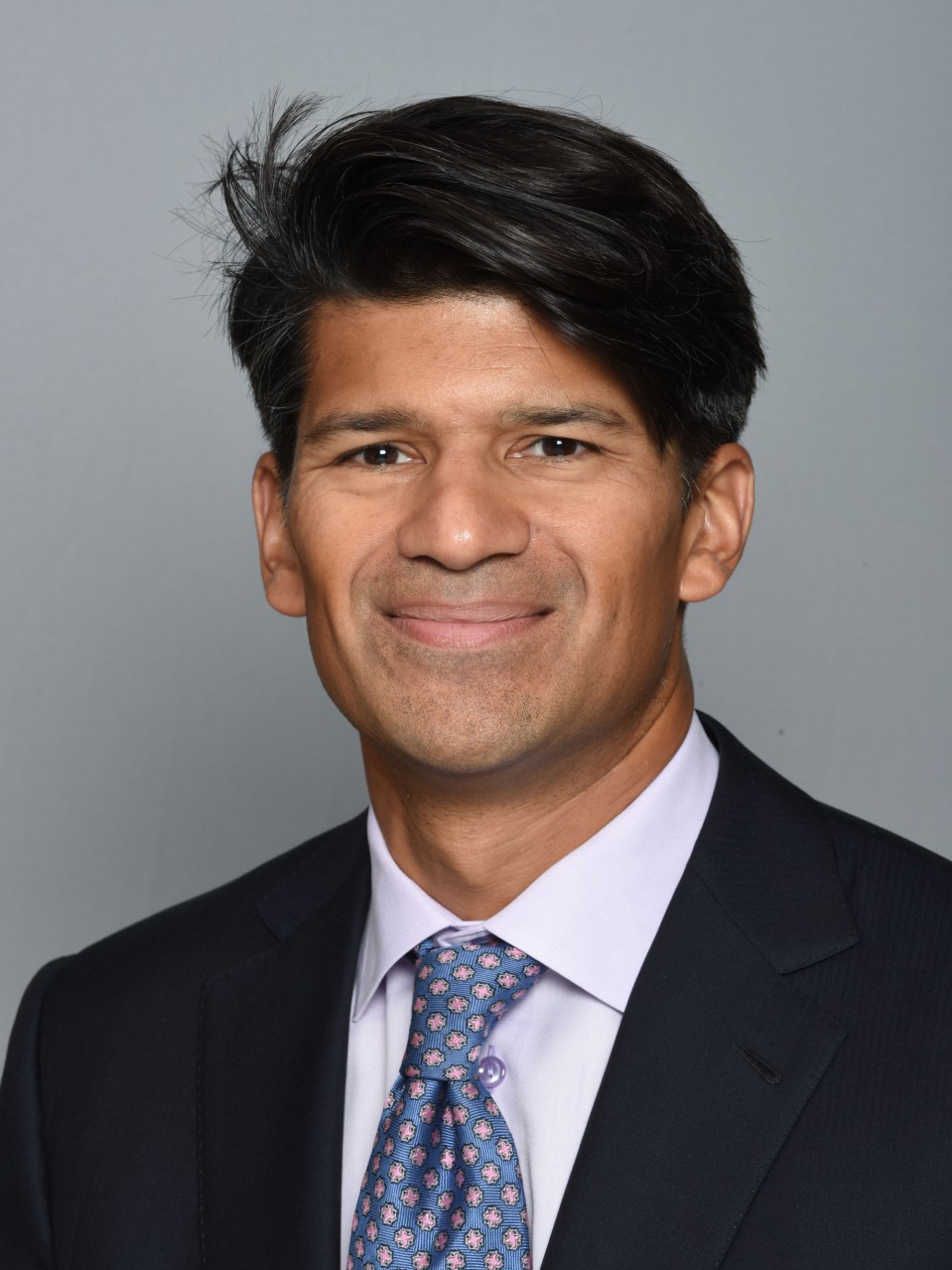Srijoy Mahapatra ’94, MBA ’15
Engineering plus medicine equals a career with heart



Cardiologist and inventor Srijoy Mahapatra ’94, MBA ’15, didn’t set out to become a doctor. A Course 6-1 major at MIT, he had been planning a career as a satellite engineer when Professor William Siebert ’46, ScD ’52, suggested he explore outside his field.
“As part of the UROP program, I built a wireless electrocardiography machine,” recalls Mahapatra, “and I tested it with a cardiologist at Beth Israel Hospital.”
That exploration led to an interest in cardiac electrophysiology (a then burgeoning research area that focuses on the electrical activities of the heart) and a connection with MIT professor and Beth Israel physician Roger Mark ’60, PhD ’66, who encouraged him to apply to medical school.
“There were relatively few engineers who went to medical school at that time,” Mahapatra says. “I wasn’t the perfect candidate, but my engineering background was incredibly helpful. It kept me agile and taught me how to adjust and invent as you go.”
After earning an MD from Tufts, Mahapatra logged time at the Mayo Clinic, the Atrial Fibrillation Center at the University of Virginia, and St. Jude Medical. This spring, he moved on from Abbott Laboratories—where he developed therapies for irregular heart rates, abnormal heart rhythms, and stroke prevention—to become chief clinical innovation officer at Fairview Health Services. Along the way, he returned to MIT for an executive MBA, and he recently concluded a term as president of the MIT Club of Minnesota. “MIT taught me to focus on the most important problems, not just the problems right in front of me,” he says.
Mahapatra has also found ways to draw on his experience on MIT’s crew team. He served as cardiologist for UVA’s athletic teams and cofounded Athletic Heart, a foundation that supports cardiac imaging in the NBA, the NHL, the NFL, and other professional and amateur sports leagues. And he regularly consults with retired athletes on cardiology-related issues.
“We often think professional athletes are invincible, but they’re not,” he says. “We need to treat them just as holistically as we treat regular patients.”
Throughout his career, Mahapatra has continued to invent. Earlier this year, Abbott announced the FDA approval of a new ergonomically designed catheter he developed. The catheter delivers more precise images of the heart—as well as real-time information on its electrical activity—during cardiac ablation, a procedure for treating arrhythmia.
“Doctors can treat a few people per day,” he says. “But if you’re able to invent something that helps, you can affect thousands.”